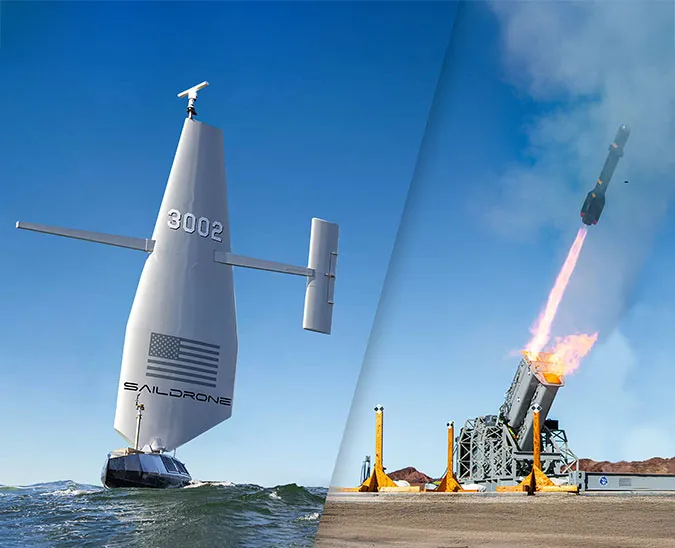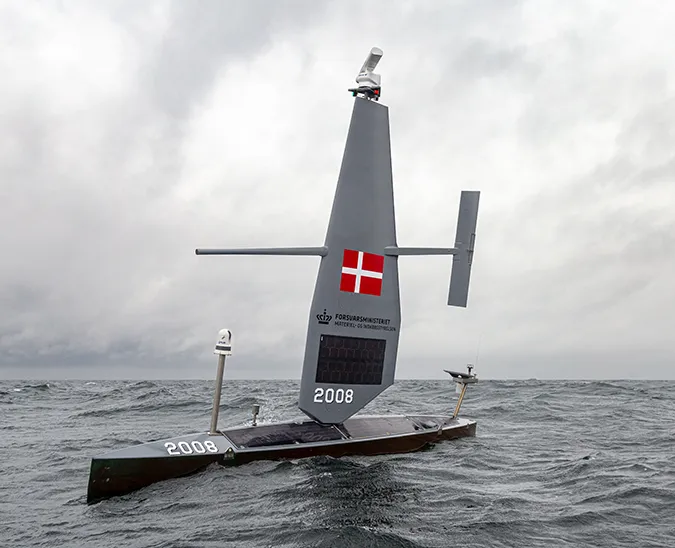Published on
Author
A Saildrone Explorer is a 23-foot wind and solar-powered uncrewed surface vehicle (USV) that carries a payload of science sensors to collect oceanographic and meteorological data above and below the sea surface. SD 1067 is one of three Saildrone Explorers deployed from Cape Town, South Africa, in June 2022 to collect data about heat and carbon exchange in the Southern Ocean.
The Southern Ocean is understood to play an important role in regulating the global climate, with a capacity to absorb more carbon from the atmosphere than the Amazon rainforest. But the Southern Ocean is also one of the planet’s least explored regions due to severe weather, especially during the winter months, and the high cost of exploration.
SO-CHIC (Southern Ocean Carbon and Heat Impact on Climate) is a consortium of 16 partners from 10 different countries—France, Germany, UK, Ireland, Sweden, Norway, Switzerland, Italy, Netherlands, and South Africa—working together to better understand how the exchange of heat and carbon between the ocean and the atmosphere in the Southern Ocean affects the global climate. The lack of data from the Southern Ocean, especially during the winter months, leads to significant uncertainties in global climate models.
The University of Gothenburg is leading the deployment of autonomous platforms to expand data collection capabilities for SO-CHIC, especially during the winter months when conditions were too treacherous for crewed research ships. In addition to Saildrone Explorers, other autonomous in situ ocean platforms, like underwater gliders, have also been used as part of the SO-CHIC project.
The data Saildrone is collecting for the SO-CHIC project includes the exchange of CO2 between the ocean and the atmosphere, atmospheric and sea surface temperature, wind speed and direction, humidity, barometric pressure, ocean salinity, dissolved oxygen, wave height and period, and ocean current speed and direction.

The Saildrone Explorers used in the SO-CHIC mission are equipped with the shorter, more robust “hurricane wing,” rather than the standard tall wing, to withstand the winter conditions in the Southern Ocean. During the mission, SD 1067 experienced wind speeds of 20 – 35 knots and waves of 15 – 40 feet.
In late fall 2022, SD 1067 began to report degraded sailing ability, and the decision was made to route the vehicle back toward Cape Town for recovery. However, light winds and strong currents presented additional environmental challenges, and the vehicle was in need of a service stop. Saildrone pilots expertly routed SD 1067 toward the nearest safe harbor, and it was recovered in Luderitz, Namibia, on January 27, 2023, by a local contractor.
Saildrone is working with the local authorities to release the SD 1067, which will be transported to South Africa.
This is Saildrone’s second major climate science mission in the Southern Ocean: In 2019, Saildrone Explorer SD 1020 completed the first autonomous circumnvigation of Antarctica in 196 days. One of the primary goals of the mission was to improve understanding of the Southern Ocean’s role in global carbon cycle.
Resources
Southern Ocean Carbon and Heat Impact on Climate, webpage, accessed Feb 6, 2023





